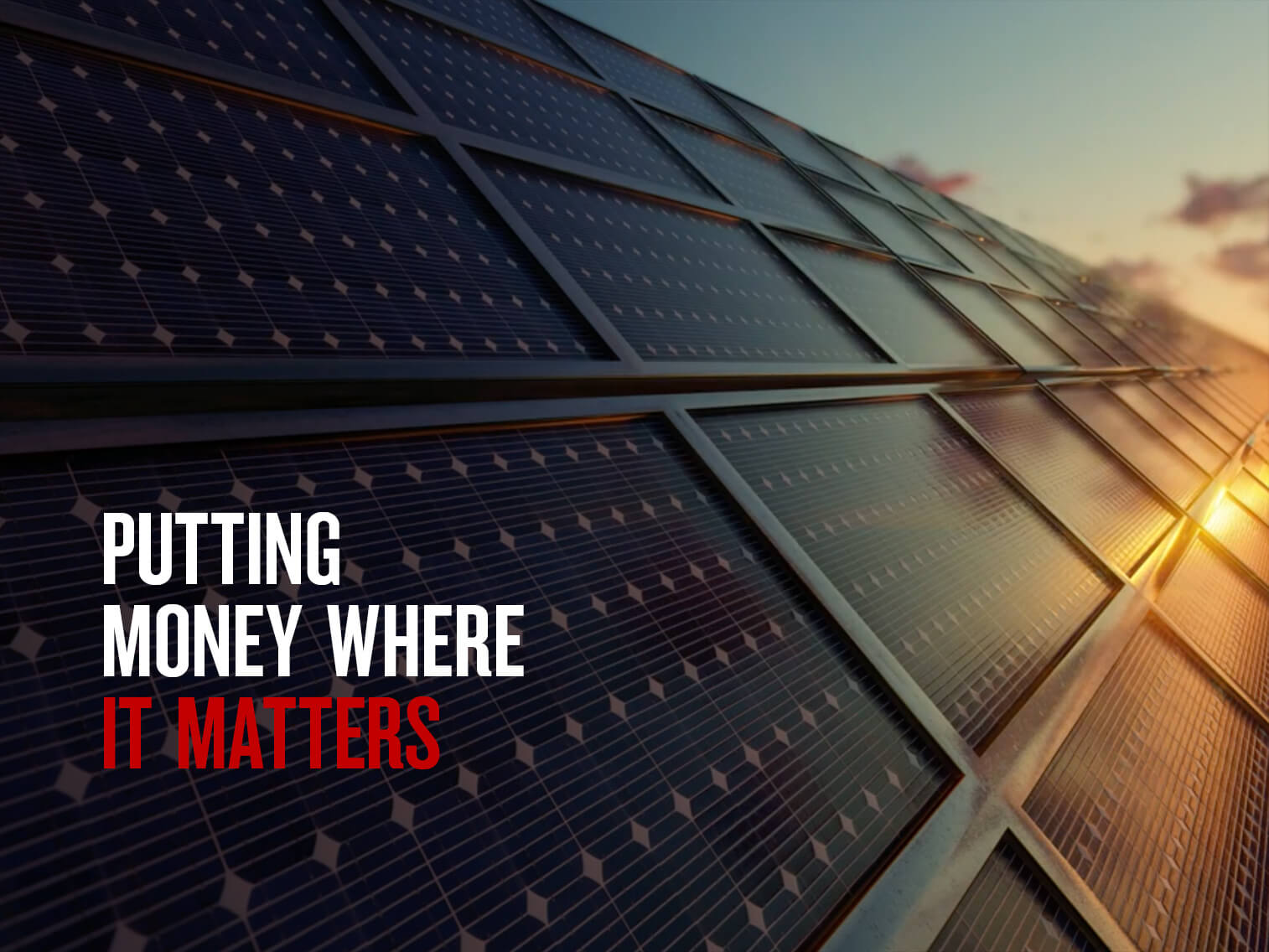Competition heats up for premium properties

Article
The pandemic has added to the sense of urgency around sustainability challenges the world faces. More than ever, investors are interested in ESG. But what tools are required to do it well?

As the world came to grasp the longer-term implications of COVID-19 early last year, investors flocked to ESG funds – those that focus on environmental, social and governance factors in their selection of assets. US$45.6 billion (A$62.1bn) flowed into these funds globally in the first three months of 2020 – in stark contrast to the US$384.7bn that flowed out of funds in general
The surge in interest has only continued, most notably in Europe, where ESG exchange traded funds (ETFs) amounted to €25.8bn (A$41.5bn) in the first quarter of 2021, a whopping four times the €6.2bn recorded in the same period last year.
So why were investors so keen to embrace funds that took account of environmental, social and governance outcomes at the height of last year’s market troubles – and why has this trend continued into 2021? More importantly, how can they get comfortable that these investments are working to uphold their values?
At first glance, it appears investors are keen to shelter in more resilient funds during an ongoing global health crisis.
It’s a view given credence by S&P Global Market Intelligence research, which found that 19 out of 26 ESG funds performed better than the S&P 500 during the first year of the pandemic.
We’ve also spent the past 18 or so months lurching from one natural disaster to another. This supports the view of NAB Director, Digital Innovation and Sustainability, Lisa Wade that the latest investment trend extends beyond financial imperatives to social and environmental concerns as well.
“Over the past year we’ve transitioned from climate change to climate emergency in the conversations that are happening on the streets,” Wade points out.
This, she says, is shaping how we choose to invest, particularly among the younger generation. “There’s always been a degree of interest. However, there’s never been a connection between people being pro the environment, or concerned about climate change, and then translating that into their investment portfolios – until now. I think there’s been this shift where people are putting money where their mouth is.”
But how can investors feel confident they’re actually putting their money where it matters? What data is there to support a fund’s claims that it is meeting its claimed ESG targets?
In fact, there’s considerable disparity between the various approaches ESG funds are taking, including the ESG definitions they embrace. NAB Director, Sustainable Finance, James Waddell describes ESG as a continuum, from grey to dark green. “If we’re doing a green bond, we’ll classify the institutional investors into dark green, light green or grey. Dark green is where they have a specific mandate to invest in green assets. Light green is where they conduct some sort of screening that positively impacts the selection of green assets, and grey means they have no screen.”
The good news though is that those with a mandate – the dark green investors – is growing. “In Europe in particular, you’ll see transactions where the investors are 95 per cent dark green,” Waddell says. “In Australia, 33 per cent are dark green investors, 33 per cent light green and 33 per cent grey. But the proportions of dark green and light green investors are growing.”
Of course, one way to circumnavigate such issues is to invest directly into various companies or projects. However, the ESG opportunities for individual investors are few and far between compared with those in the institutional market. As Wade points out, it’s hard to be authentic in your investing when you simply can’t invest in projects you genuinely believe will make a difference.
But things are changing for the better. Wade is upbeat that we are about to see the true democratisation of investing. Thanks to emerging technologies like distributed ledger technology (or blockchain) deals of the near future will be capable of being broken down into extra-small units – tokens as they’re known – through a process of fractionalisation, or tokenisation. That means individual investors will gain ready access to even the largest deals.
“For an investor, it will lead to a financial revolution because it allows for portfolio construction to fundamentally change,” Wade says. “Assets that were previously uninvestible would become investible.”
It also levels the playing field for potential issuers. Tokenisation dispenses with much of the laborious legal and administrative requirements through disintermediation and automation. As the Asian Development Bank notes, it also enhances transparency and reduces size and liquidity requirements due to lower transaction costs.
Essentially, it means your local windfarm project will be able to seek funds more easily than ever, thereby encouraging further development at the micro-level.
At the same time, cutting edge technology is opening the way to more rigorous ESG data. An OECD report notes that, thanks again to blockchain – and technological developments such as remote sensors and deep analytics – individuals will soon be able to access real-time proof that businesses are indeed walking the talk. It’s a far cry from the retrospective summaries in annual company reports.
NAB itself is keen to promote further transparency in the market. This is the impetus behind its newly launched carbon offset platform in the Voluntary Carbon Market – a joint initiative with CIBC, Itaú and NatWest Group. As Wade says: “We felt we had to start doing the work somewhere, so we started there.”
“There’s a lot of work going on there and some really exciting projects,” Wade says. She points to a company called Allinfra as just one example. “They are doing great work in originating carbon data signals at source from renewable energy. So you’ll be able to understand exactly where your power came from.”
It comes around the same time as NAB’s involvement in a Central Bank digital currency project. Explains Wade: “We believe in a credible digital programmable Australian dollar. It’s the on-ramp for everybody to enter this ecosystem, and the financial ecosystem, with credibility.”
Admittedly, even as deals become more accessible and the data less opaque, investing with purpose will continue to take considerable work – and know-how.
“If you’re aiming to align your values to your investments, then you need to have knowledge, and knowledge really comes from the analysis,” Wade notes. “Research is really important.”
It’s why some of us might prefer a financial adviser to show the way, particularly if they specialise in responsible investing
Wade points to the work JBWere has been doing to unpack equity investments for clients. “They’re really looking line by line at what companies are doing and understanding the ESG claims and activities.”
© National Australia Bank Limited. ABN 12 004 044 937 AFSL and Australian Credit Licence 230686.